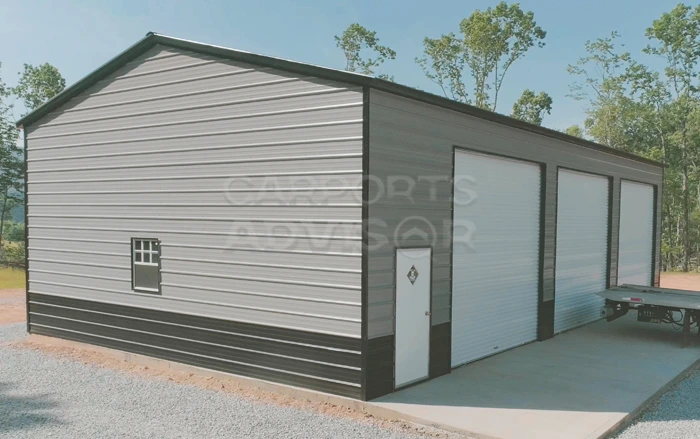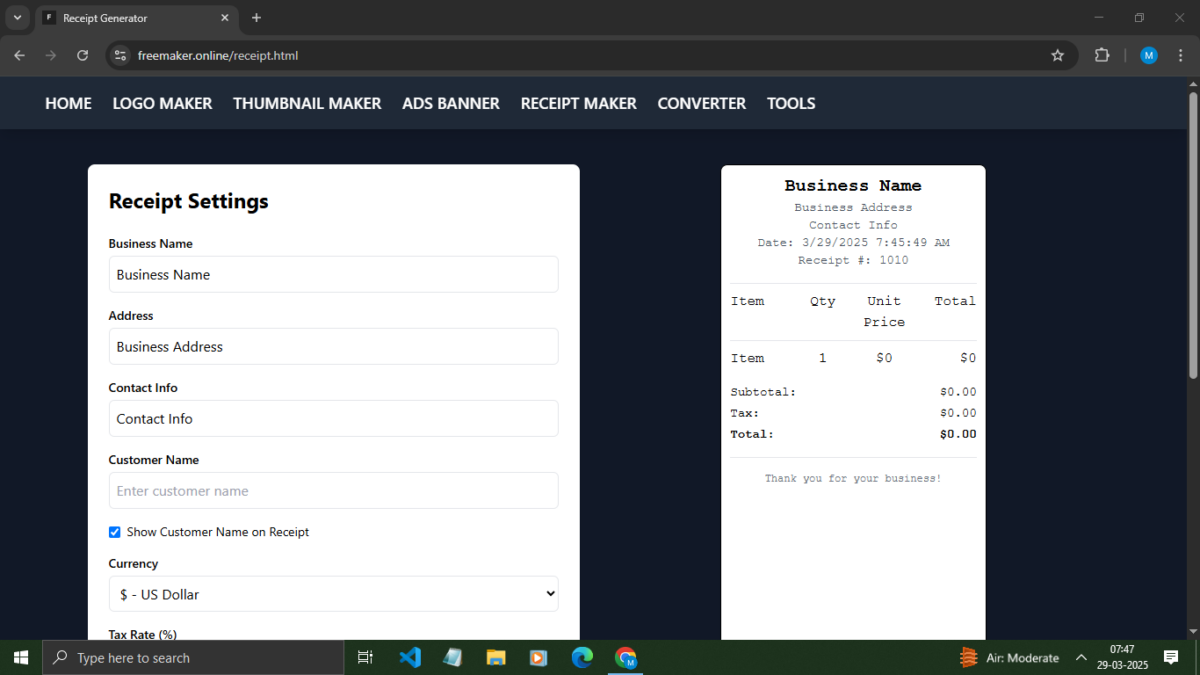Crucial Mistakes to Avoid When Buying Steel Buildings

Steel buildings are an investment that offers durability, versatility, and long-term value. Whether you’re looking for a carport, garage, barn, or RV cover, buying a metal structure requires careful planning and research. Yet, many buyers unknowingly make costly mistakes during the process. From choosing the wrong size to neglecting permits, these errors can lead to unnecessary headaches and expenses.
In this blog, we’ll walk you through the common mistakes people make when purchasing steel buildings and how you can avoid them. By the end, you’ll have the confidence to make an informed decision and find the perfect metal structure for your needs.
1. Underestimating Your Space Needs
Failing to accurately assess your space requirements is a common mistake when purchasing a metal building. Choosing a structure that’s too small can lead to overcrowding and limit future expansion opportunities, while an unnecessarily large building may inflate costs. Taking the time to evaluate your current and future needs will ensure your investment provides ample room for storage, operations, or any planned use.
- Measure carefully: Account for the dimensions of vehicles, equipment, or livestock you plan to house.
- Think ahead: Consider future needs. A steel garage that fits one car today might need to accommodate two tomorrow.
- Leave room for flexibility: Factor in extra storage or workspace to ensure your building doesn’t feel cramped over time.
2. Choosing the Wrong Location
The placement of your metal building plays a crucial role in its functionality and longevity. Selecting a poorly suited location can lead to issues like drainage problems, accessibility challenges, or exposure to harsh environmental conditions. Carefully evaluating factors such as ground stability, zoning regulations, and proximity to utilities will help you choose a site that supports the building’s purpose and ensures long-term durability.
- Check for zoning laws: Research local building codes and restrictions.
- Account for accessibility: Ensure there’s ample room for entry and exit, especially for larger vehicles like RVs or tractors.
- Avoid low-lying areas: These can lead to water pooling, which may damage your metal structure over time.
3. Skipping Permit Requirements
Not obtaining the necessary permits can result in fines, delays, or even dismantling your building.
- Research early: Find out what permits are required in your area.
- Work with professionals: A trusted metal building company can often help guide you through the permitting process.
- Don’t assume exemptions: Even small carports or garages might need permits depending on local laws.
4. Overlooking Quality Materials
Not all steel buildings are created equal. Cheap materials may save money upfront but can lead to long-term issues.
- Choose high-grade steel: Look for galvanized steel to resist rust and corrosion.
- Check for certifications: Reputable manufacturers provide certification for wind, snow, and seismic loads.
- Ask about warranties: A reliable metal building company will back its products with strong warranties.
5. Ignoring Weather Conditions
Your steel building needs to withstand the unique weather challenges of your location.
- Wind load ratings: Ensure your building is designed to handle high winds if you live in a storm-prone area.
- Snow load requirements: In snowy regions, choose a roof with a steep pitch to prevent snow accumulation.
- UV protection: Opt for finishes or coatings that shield against sun damage.
6. Neglecting Customization Options
A one-size-fits-all approach rarely works for metal structures.
- Doors and windows: Customize the size and placement to suit your needs.
- Insulation: Add insulation for temperature control and moisture prevention.
- Color choices: Many metal buildings come in various colors to match your style or property aesthetic.
7. Focusing Only on Price
While budget is important, prioritizing price over quality can lead to regrets.
- Compare quotes wisely: Look for transparency in pricing. Beware of hidden costs like delivery fees or installation charges.
- Invest in durability: Spending a bit more upfront can save on repairs and replacements later.
- Choose trusted providers: A metal building company with a solid reputation offers better products and service.
8. DIY Installation Without Preparation
Taking the DIY route for installing a metal building can be a cost-effective option, but it requires proper planning and preparation. Without the right tools, knowledge, or attention to detail, you risk running into avoidable issues that could compromise the building’s structural integrity. While it’s possible to install a steel building yourself, it’s essential to understand the process and be fully equipped to tackle the project successfully.
- Follow instructions closely: Use the manufacturer’s guide for step-by-step assembly.
- Gather the right tools: Ensure you have all necessary equipment before starting.
- Consider hiring professionals: If you lack experience, it might be worth paying for expert installation.
9. Not Considering Maintenance Needs
While metal buildings are low-maintenance, they’re not completely maintenance-free.
- Inspect regularly: Check for signs of rust, loose fasteners, or other wear and tear.
- Clean gutters: Prevent debris buildup to avoid water damage.
- Reapply coatings: Maintain the protective finishes as recommended by the manufacturer.
10. Forgetting About Long-Term Value
When investing in a metal building, it’s easy to focus solely on upfront costs and overlook the importance of long-term value. Skimping on quality materials or essential features may save money initially but can lead to higher maintenance expenses and a shorter lifespan. Prioritizing durability, energy efficiency, and adaptability ensures your building will remain functional and cost-effective for years to come.
- Energy efficiency: Choose insulation and energy-saving features to lower utility costs.
- Resale value: A high-quality steel building can increase property value.
- Versatility: Opt for designs that can be adapted for different uses in the future.
Final Thoughts:
Investing in a steel building is a big decision that requires careful consideration. By avoiding these common mistakes, you can ensure your metal structure meets your needs, stays within budget, and lasts for years to come. Whether you’re building a carport, garage, barn, or RV cover, taking the time to plan and research will pay off in the long run.
Ready to get started? Contact a reputed metal building company today for expert advice, high-quality products, and personalized service which can help you find the perfect steel building for your needs!









